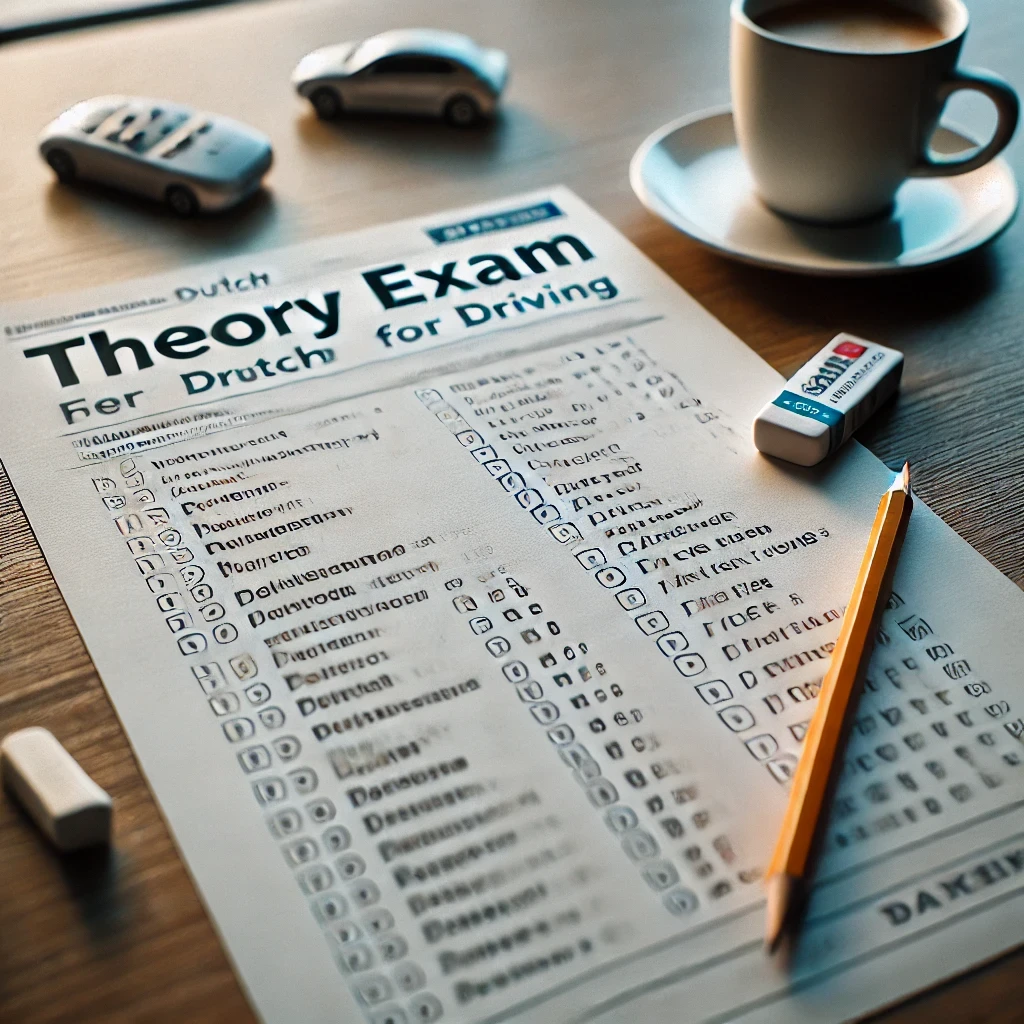When preparing to hit the roads in the Netherlands and getting your drivers license, the first step is acing the theory driving test Netherlands. This essential exam ensures you understand the rules, dangers, and responsibilities of driving in this beautiful country. Here’s everything you need to know about the process, the structure of the test, and what happens afterward. Let’s dive in!
Before the exam
Before sitting for the Dutch driving theory test, preparation is key. Start by registering through the CBR (Centraal Bureau Rijvaardigheidsbewijzen), the organization responsible for testing drivers in the Netherlands.
Study Materials
Invest in official CBR study guides or online resources.
Consider practice apps to simulate the real theory test experience.
Book in Advance
Book your test date early, especially during peak times like summer.
Double-check your ID and booking confirmation before heading to the test center.
Practice, Practice, Practice
Take as many mock exams as possible. Familiarity with the format reduces anxiety and boosts confidence.
New Theory Exam: What Has Changed?
Since April 7, 2025, the car theory exam has been updated. The three separate components – hazard recognition, traffic rules, and traffic insight – have been combined into one clear and streamlined exam.
What can you expect?
Total number of questions: 50
Required correct answers: 44
Maximum allowed mistakes: 6
Duration: 30 minutes
Exam format: A continuous series of questions, featuring short animations and realistic traffic situations
The new format offers a clearer and more practical exam. Your knowledge and insight into traffic are tested through realistic scenarios you may encounter in real life.
Expert tip
Use logical reasoning and always prioritize safety when answering questions in this section.
Result
After completing the theory test, you’ll receive your results almost immediately.
Pass: Congratulations! You can now move on to your practical driving lessons.
Fail: Don’t worry; you’re not alone. You can rebook and retake the exam. Use your result feedback to focus on weaker areas.
Passing the theory driving test Netherlands is a significant milestone on your journey to becoming a confident and responsible driver. By understanding its structure, preparing thoroughly, and staying calm, you’ll be well on your way to success.
Want to get your driver's license? Check out our free trial lessons, packages and crash courses.


